International
Genocide: Will the Catholic Church ever hold mass murderers to account?
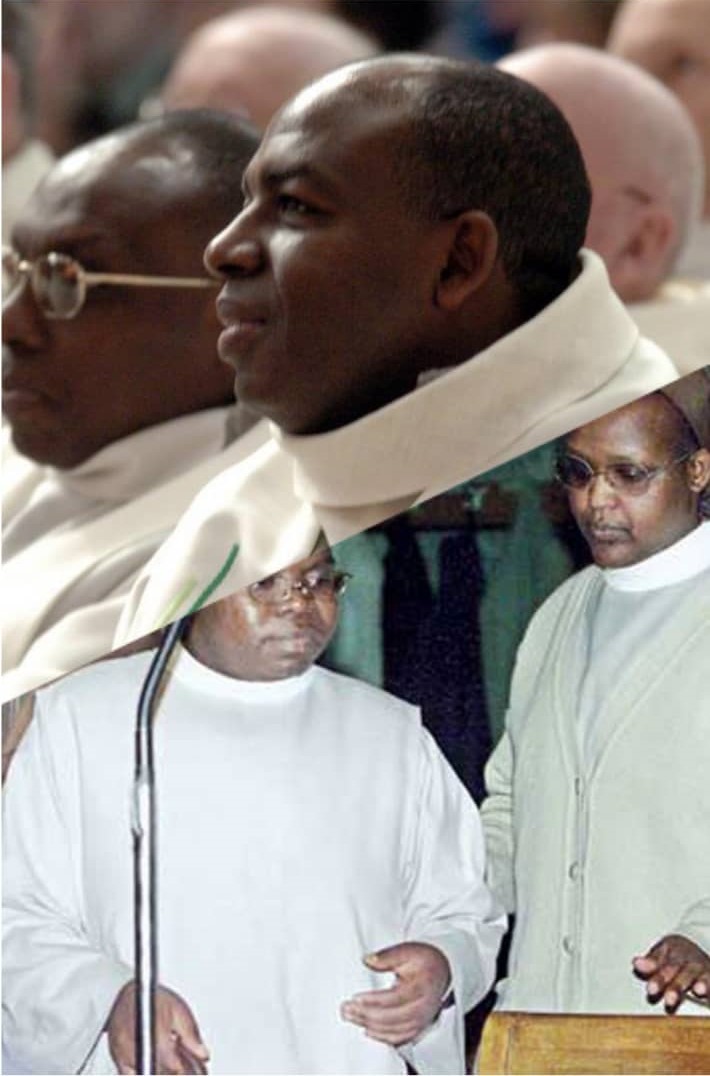
In
Eure department in Normandy, north-western France, you will find a quiet little
parish - la Paroisse Gisors vallee
-d'epte - with a congregation of about 20,000 people, and a dozen priests
going on with their daily lives. They are devoted to God, or so it appears.
Among
the priests living, comfortably, in Eure is one particular individual with a
very dark past. Hiding in plain sight is
Father Wenceslas Munyeshyaka.
About
22 years ago, when he arrived in the region, Wenceslas was embraced in Gisors,
a commune of Normandy, by people moved by his story. He was a refugee, he lied,
from the genocide in Rwanda. He lied that he was lucky to have survived the
killings. His parents died. He almost lost his own life for helping people to
escape the death squads. Things are still not good, he lamented, saying it's
not safe for him to go back.
People
who had never seen, among others, a photograph of him with a cross around his
neck and a gun on his hip outside his church, Sainte-Famille, in Kigali, believed
his story. Others, especially his friends and French politicians with ties to
the former genocidal regime in Rwanda who knew his dark past – his protégés –
pulled all strings to affirm his lies and protect him.
When
survivors of the 1994 Genocide against the Tutsi called on the Roman Catholic
church to distance itself from Wenceslas by stripping him of his position, the curate
in Gisors, Father Michel Moran, would not have any of it. Moral actually organised
a vigorous defence of the priest, including a de facto trial by parishioners
who listened to carefully selected witnesses and then declared Wenceslas to be
innocent.
It’s
a long story.
In
Rwanda, Munyeshyaka’s reputation is one that is never forgotten, especially by
survivors of the 1994 Genocide. He is responsible for the death of thousands of
Tutsi, and is accused of raping Tutsi women who sought refuge in Sainte-Famille
parish, which he headed in 1994.
On
August 2, 1994, Munyeshyaka, along with 28 other Rwandan priests in Goma,
eastern DRC, where the bulk of the then defeated genocidal regime’s army,
militia and other followers had fled to, signed a negation document sent to
Pope John Paul II in which they justified the Genocide committed against the
Tutsi. They put the blame and responsibility for the killings of more than one
million Tutsi on the RPF which had just stopped the genocide and liberated the
country.
Later,
with the help of the genocidal regime’s network in France, Munyeshyaka – like
many other top Genocide perpetrators – fled to France, as a ‘political
refugee’, and settled in and started serving as a priest at Gisors Parish in
Evreux Diocese of France, until December 2021, when he was ex-communicated.
Munyeshyaka
officially admitted that he had sired two
children out of the three he was accused of. This led to his dismissal from
priestly duties. He was prohibited from conferring any sacrament or to
celebrate them.
Just like that, the Catholic Church that had remained
protective to him, even when he faced the most heinous of crimes – genocide and
crimes against humanity, drew a line.
Despite the overwhelming evidence, Munyeshyaka is not the
only genocidaire being harboured by the Catholic Church.
Meeting
Rwandan President Paul Kagame, in May 2017, Pope Francis asked for forgiveness
for the Catholic Church’s role in the 1994 Genocide against the Tutsi.
“The
sins and failings of the church and its members disfigured the face of
Catholicism,” the Pope said.
His statement
does not echo the Catholic Church’s refusal to sanction the priests and
religious leaders involved in the Genocide. And history testifies and truth
hurts; the Vatican remains silent on these genocidaires.
Between
25,000 and 30,000 Tutsi were shot dead at several parishes they had sought
refuge at, mostly at the hands of the ‘people of God’ they had trusted to
protect them.
Tutsi
priests, Tutsi seminarists and Tutsi refugees who had taken refuge at the Major
Seminary of Nyakibanda were killed. Among the perpetrators was Father Thaddée
Rusingizandekwe, a native of Kibeho, then professor at the Major Seminary of
Nyakibanda.
Father
Anaclet Sebahinde betrayed Father Pierre Ngoga who was taking Tutsi from Kibeho
to Burundi for refuge, and was assassinated.
Father
Emmanuel Uwayezu was among supervisors of Tutsi massacres at Kibeho Catholic
Church, while Father Joseph Sagahutu and bourgmestre Juvenal Muhitira
supervised the Tutsi massacres at Muganza Catholic Parish, now Nyaruguru
district.
These
priests involved in the Genocide are still roaming free, serving the holy
communion bread, with the same hands that bear the blood of innocent souls.
Apart
from priests, nuns also got involved as well in the massacres of the Tutsi.
About 7,000 Tutsi who took refuge in the Benedictine Sisters’ Monastery in Sovu
and at their Health Center were killed by Mukangango Consolata (Sister
Gertrude) and her colleague Mukabutera Julienne (Sister Kizito) who poured fuel
on the garage where the refugees were hiding and set it on fire.
Today,
the two nuns are serving the Church in Belgium despite having been convicted of
Genocide crimes by a Brussels Court in 2001.
These
instances are a few among many other testimonies by survivors. Most Catholic
parishes by 1994 experienced killings of Tutsi, which involved victims and perpetrators
affiliated to the Church.
But 29
years later, the church still remains silent, with total impunity, about the
genocidaires who are still in service.
How
long will this this impunity by the Catholic Church last? Will the Vatican deny
justice to Genocide survivors for ever?



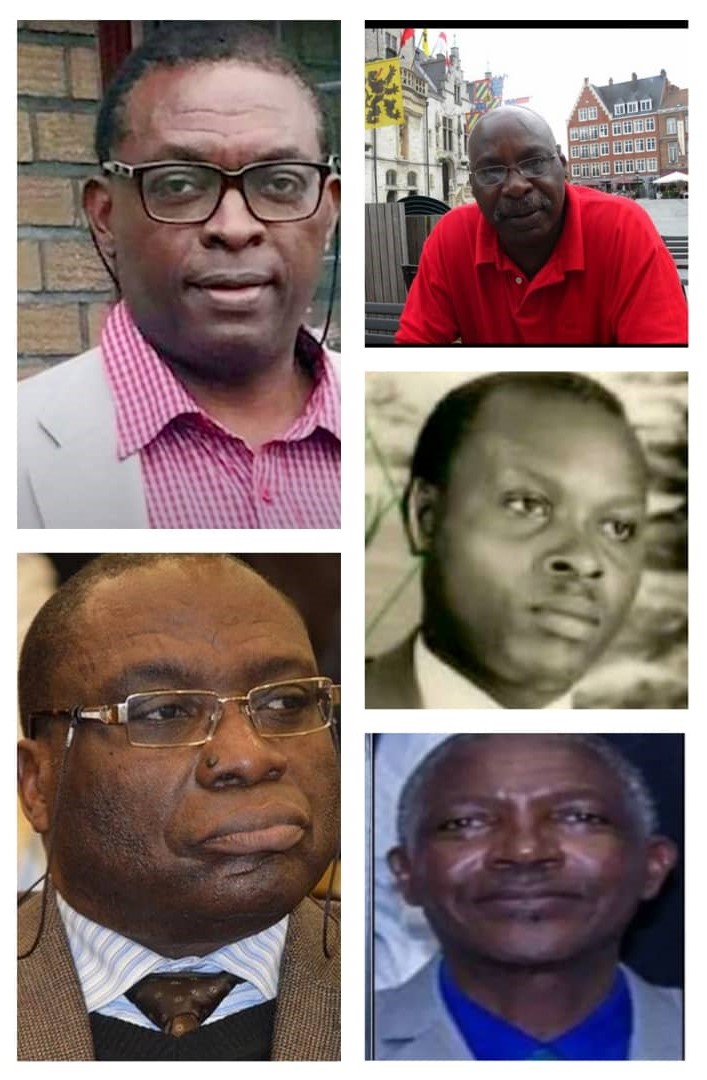
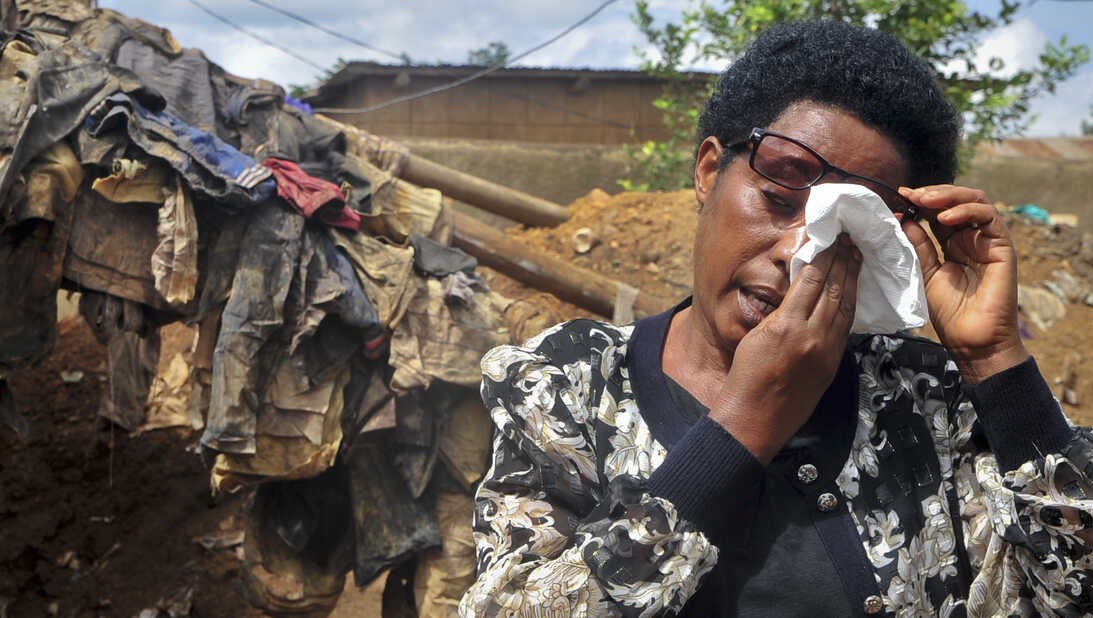
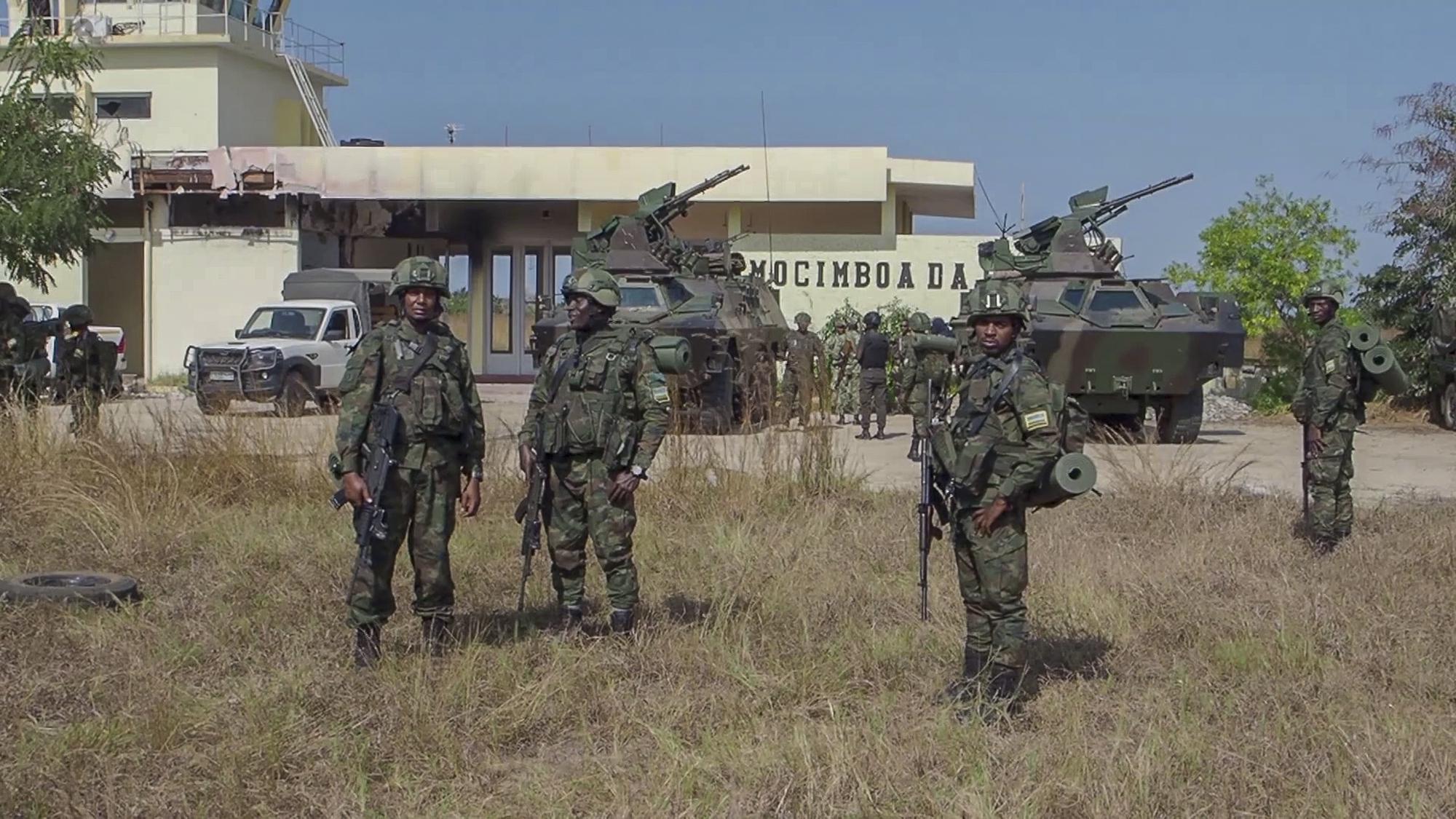
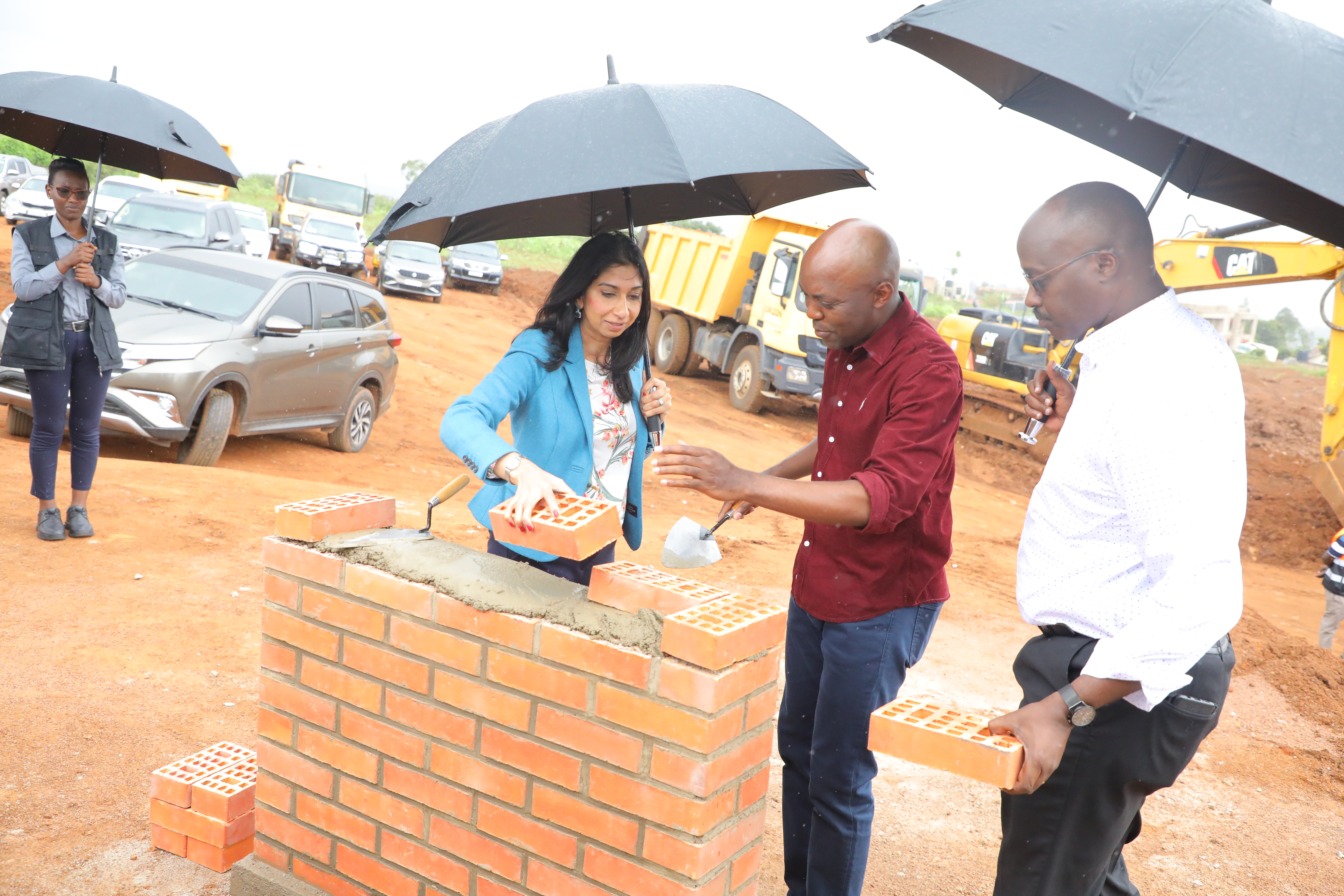
.jpeg-20230316060018000000.jpeg)